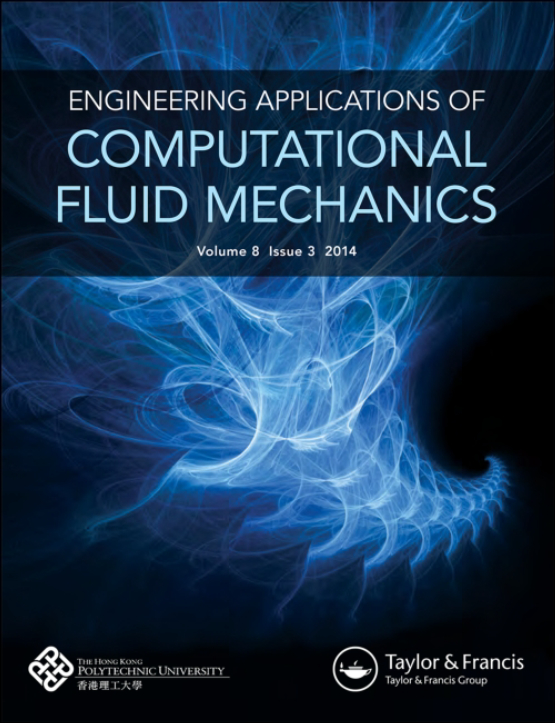Submit a Manuscript to the Journal
Engineering Applications of Computational Fluid Mechanics
For an Article Collection on
Advances of Computational Fluid Mechanics in Ocean Renewable Applications
Manuscript deadline
24 April 2024


Article collection guest advisor(s)
Jinghua Wang,
The Hong Kong Polytechnic University
[email protected]
Qingwei Ma,
City University of London
[email protected]
Advances of Computational Fluid Mechanics in Ocean Renewable Applications
Carbon neutrality has recently become a global goal of sustainable development in response to the rapidly changing climate. Many countries are now paving the way towards developing new renewable energy technologies that can reduce global carbon emissions. Among various types of renewable energy, those harvested from ocean environment, including waves, tides, currents, temperature and salinity gradient, offshore wind and solar, etc., is a potential alternative of fossil fuels. However, such emerging technologies are costly, in particular, their deployments, operations and survivability in hostile ocean environment are of great concerns. To this end, comprehensive research is still in demand to enhance their commercial viability.
On the other hand, the development in computer science has made substantial progress in recent decades. Many numerical models have been developed with a variety of applications on simulating the ocean renewable energy devices in ocean environment. For instance, operational atmospheric and wind wave models are adopted to quantify the long-term environment conditions and resource assessment/characterization on a regional scale. Computational Fluid Dynamics and Computational Structural Mechanics models are widely employed for investigating the interactions between the structure and ocean environment with the aim to optimize the structure geometry, Power Take Off, mooring system, and so on. Simplified models and hybrid models are also developed with the emphasis on reproducing the key physics so as to speed up the iterative design process. Such collective efforts have significantly advanced the associated technologies towards maturity.
This special collection communicates the recent advances of computational fluid-structure mechanics in the ocean renewable applications. All topics pertinent to innovative numerical model developments, as well as practical applications on cutting-edge ocean renewable technologies based on established models, are welcome.
Jinghua Wang's Institutional Page.
Qingwei Ma's Institutional Page.
Disclosure Statement: The Guest Advisor Team declare no conflicts of interest regarding this work.
Benefits of publishing open access within Taylor & Francis
Global marketing and publicity, ensuring your research reaches the people you want it to.
Article Collections bring together the latest research on hot topics from influential researchers across the globe.
Rigorous peer review for every open access article.
Rapid online publication allowing you to share your work quickly.
Looking to Publish your Research?
Find out how to publish your research open access with Taylor & Francis Group.
Choose open accessSubmission Instructions
All manuscripts submitted to this Article Collection will undergo desk assessment and peer-review as part of our standard editorial process. Guest Advisors for this collection will not be involved in peer-reviewing manuscripts unless they are an existing member of the Editorial Board. Please review the journal Aims and Scope and author submission instructions prior to submitting a manuscript.